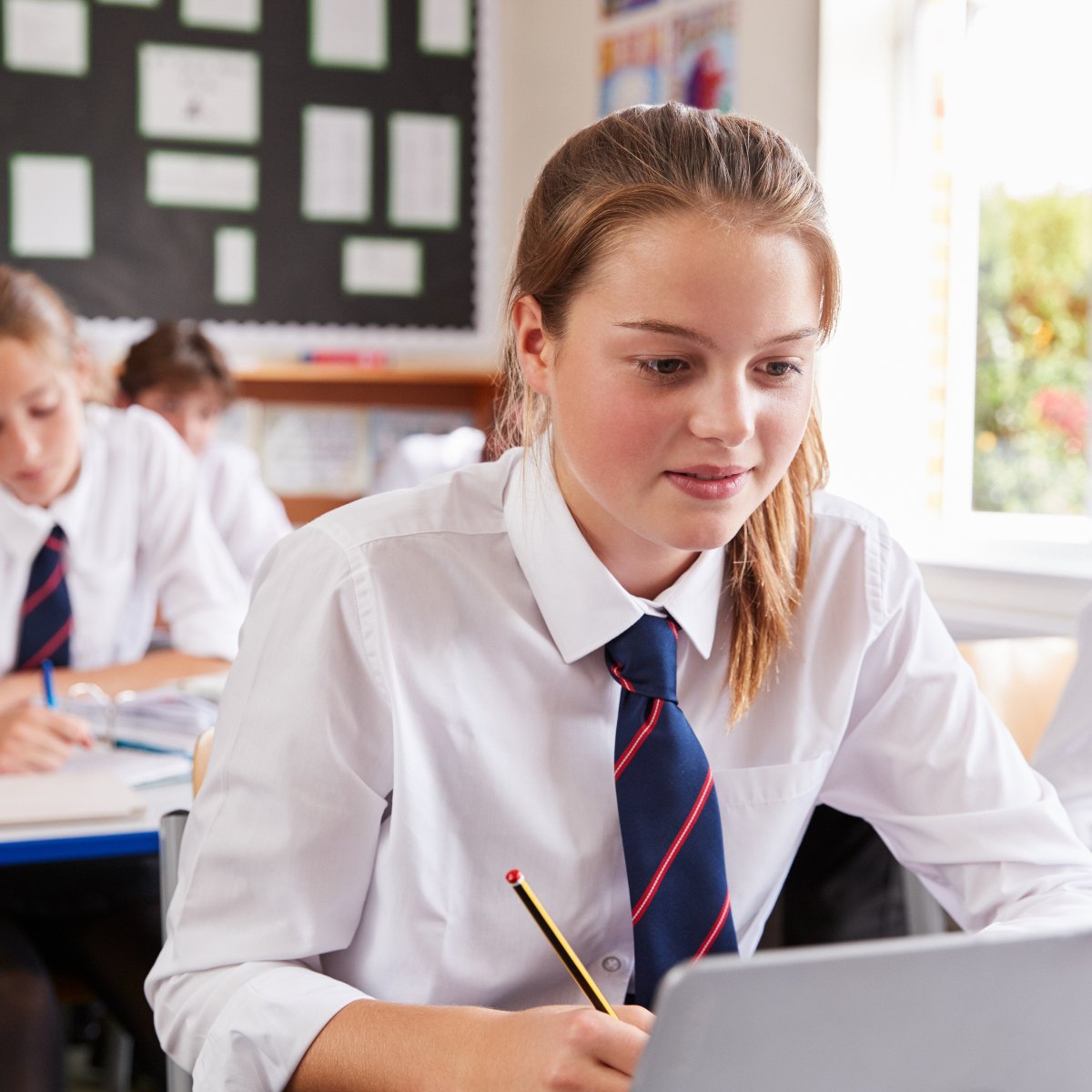There’s no denying that Australian schools are in crisis. With declining academic outcomes, an upswing in school violence and anxiety, and, of course, teacher shortages, drastic changes need to happen.
In an ambitious new report, Choice and Fairness, a Common Framework for All Australian Schools, authors Chris Bonnor and Tom Greenwell offer a way forward.
They propose that a funding overhaul – that could potentially cost taxpayers and extra $8 billion a year – will improve academic equity and achievement, and increase parental choice for their child’s education.
“The reality is that our current hybrid public/private framework is not fit for purpose,” write Bonnor and Greenwell.
“We won’t solve Australia’s declining education performance and equity if we don’t first put in place a new equitable framework within which we fund and regulate our schools.”
Learning gaps for disadvantaged students
Bonner and Greenwell say that too many disadvantaged students are being concentrated into communities of disadvantage, resulting in unacceptable gaps in learning.
Essentially, since the introduction of government funding to non-government funding schools in the 1960’s, the trend appears to be that those born into disadvantage remain disadvantaged.
The report responds to the Productivity Commission’s January 2023 assessment, which highlights that the Australian education system over the past decade has done “little, so far, to improve student outcomes”, and that record taxpayer funding of schools is not boosting results or reducing the achievement gap.
Bonner and Greenwell’s most controversial suggestion in fixing this gap is a change in school funding.
The report proposes that private schools should continue as normal, unless they wish to keep charging tuition fees or to exclude certain students, then they would not receive any taxpayer funding at all. So, non-government schools would be fully funded by taxpayers, but they would not be able to charge their own fees.
Can it work?
The Albanese government says they are committed to working with state and territory governments to get every school “on a path to 100 per cent of its fair funding level”. A significant step toward that goal was realised on Friday, May 5 this year when the Federal and NSW Governments formally committed to funding full Schooling Resource Standard (SRS) of all NSW public schools. The announcement was delivered at the NSW Teachers Federation conference.
Prior to that announcement, a recent Productivity Commission report found federal and state money going to NSW non-government schools grew by 27.2 per cent over the 10 years to 2021, jumping from $9683 to $12,313 per year. By comparison, funding for public school students increased by 23.9 per cent over the same period from $17,693 to $21,923 a year.
Will the Choice and Fairness report proposal cut through?
At the simplest level, education remains a state or territory constitutional responsibility and it seems unlikely that this it will filter back to the federal government any time soon.
Senior lecturer in education at Deakin University Dr Emma Rowe said the report’s ideas had merit but were unlikely to be adopted.
“My prediction – it won’t get up,” she said. “The private schools lobby holds significant power and influence.”
If anything, Bonnor and Greenwell provide a valid review on the failings of the current system under the under the Gonski “needs-based” funding model, and extend an invitation for educators across Australia to gather together and envision a new education model for the country.









